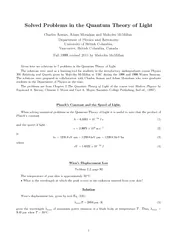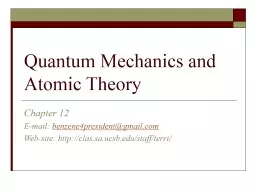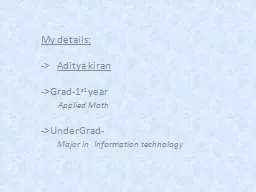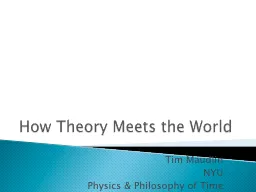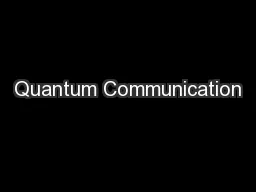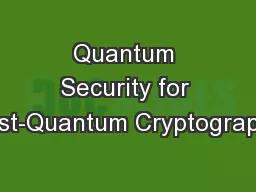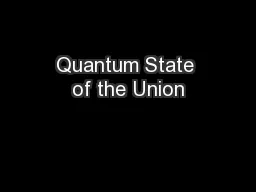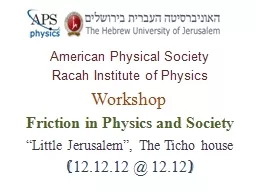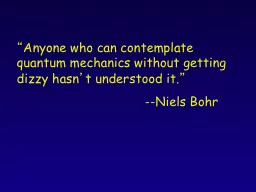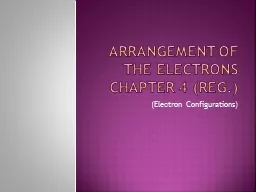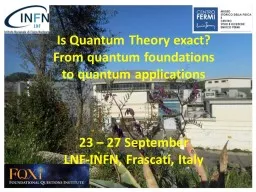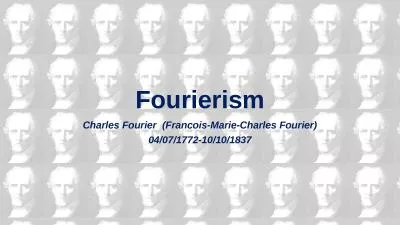PDF-Solved Problems in the Quantum Theory of Light Charles
Author : karlyn-bohler | Published Date : 2015-06-07
The solutions were used as a learningtool for students in the introductory undergraduate course Physics 200 Relativity and Quanta given by Malcolm McMillan at UBC
Presentation Embed Code
Download Presentation
Download Presentation The PPT/PDF document "Solved Problems in the Quantum Theory of..." is the property of its rightful owner. Permission is granted to download and print the materials on this website for personal, non-commercial use only, and to display it on your personal computer provided you do not modify the materials and that you retain all copyright notices contained in the materials. By downloading content from our website, you accept the terms of this agreement.
Solved Problems in the Quantum Theory of Light Charles: Transcript
Download Rules Of Document
"Solved Problems in the Quantum Theory of Light Charles"The content belongs to its owner. You may download and print it for personal use, without modification, and keep all copyright notices. By downloading, you agree to these terms.
Related Documents

